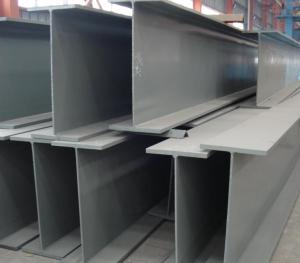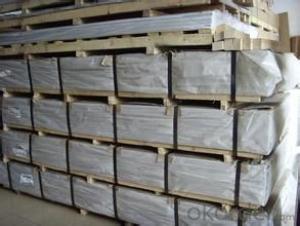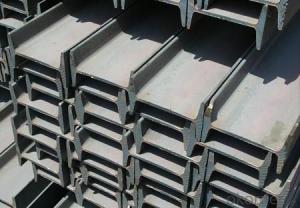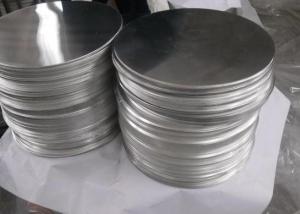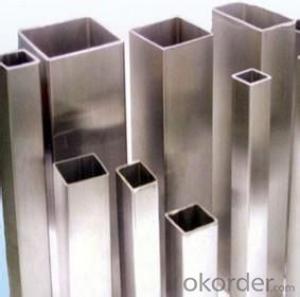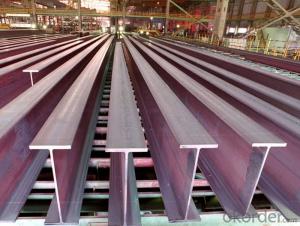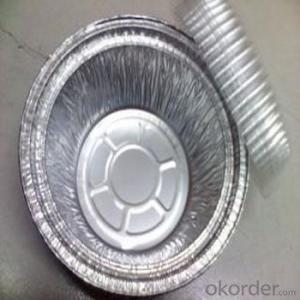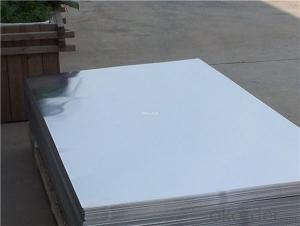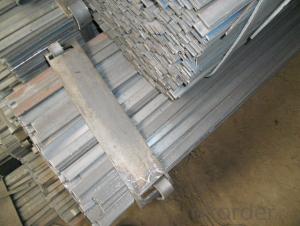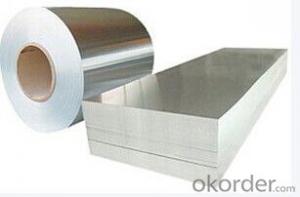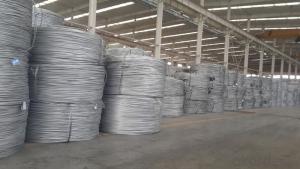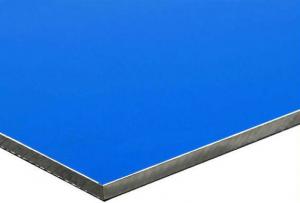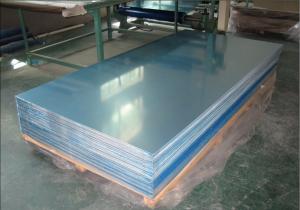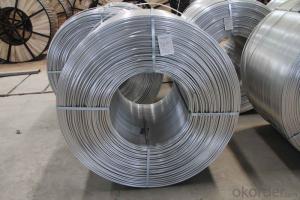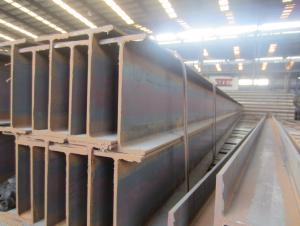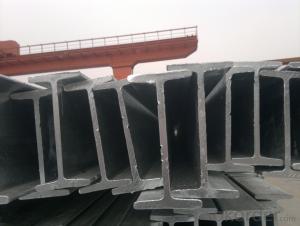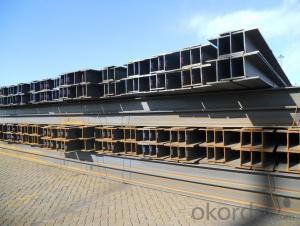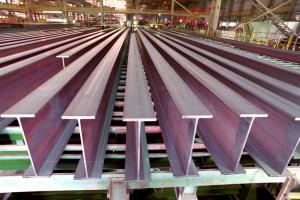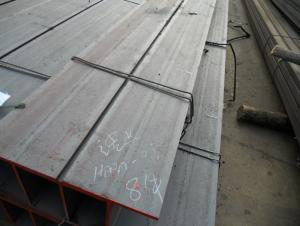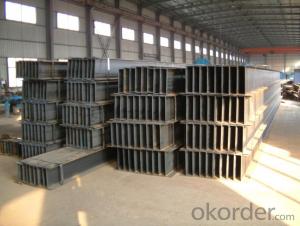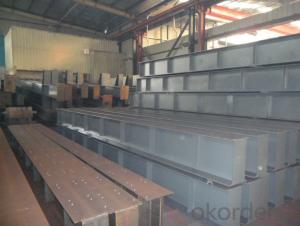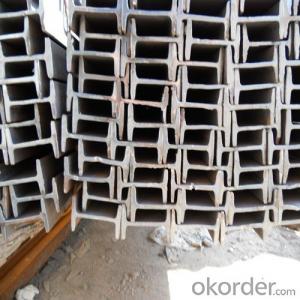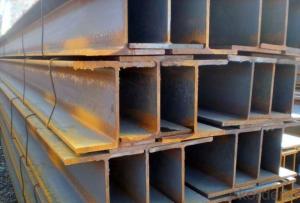Aluminium H Beam
Aluminium H Beam Related Searches
Aluminium H Beam Beam Material Simple Beam Bridge Rear Bumper Beam Lvl Beam Kanye West Ultralight Beam Snl Ultralight Beam Kanye West Snl Beam Launcher Aluma BeamHot Searches
Aluminium Wire Mesh Manufacturers India Ceiling Fan Lowest Price Aluminium Scaffold Planks Sale Aluminium Walkway Mesh Prices Alice In Chains Store H Type Scaffolding Electricity Generation By Fuel TypeAluminium H Beam Supplier & Manufacturer from China
Okorder.com is a professional Aluminium H Beam supplier & manufacturer, offers integrated one-stop services including real-time quoting and online cargo tracking. We are funded by CNBM Group, a Fortune 500 enterprise and the largest Aluminium H Beam firm in China.Hot Products
FAQ
- Yes, steel H-beams can be used for hospitals. Steel H-beams are commonly used in construction projects, including hospitals, due to their strength, durability, and ability to support heavy loads. They provide structural integrity and can be used for various applications such as framing, support columns, and beams in hospital buildings.
- What's the difference between hot rolled H steel and welded H? Is it the same weight?
- Specifications (section size) a wide range. Height, web, flange thickness, flange width can be selected according to customer requirements of steel plate welding. It can be used as a standard except for hot-rolled H steel.
- Is the beam made of I-beam or H?
- The girder is made of H steel and the I-beam is used for the small beam. Column.
- The maximum deflection limits for steel H-beams vary depending on the specific design standards and load conditions. In general, deflection limits are set to ensure the structural integrity and functionality of the beam. Common deflection limits for steel H-beams are typically in the range of L/360 to L/240, where L represents the span length of the beam. However, it is important to consult the applicable design codes and specifications to determine the exact maximum deflection limits for a specific steel H-beam application.
- Certainly, theme parks or amusement centers can indeed utilize steel H-beams in their construction. The construction industry extensively employs steel H-beams owing to their remarkable strength and durability. These beams offer exceptional support and load-bearing capability, rendering them perfectly suited for substantial structures like roller coasters, water slides, and various other attractions. Moreover, the fabrication and installation of steel H-beams are effortless, enabling efficient construction procedures. Hence, their adaptability and capacity to endure heavy loads make them a favored option when constructing theme parks and amusement centers.
- Steel H-beams contribute to waste reduction in construction by being highly durable and versatile, allowing for efficient use of materials. Their strength and load-bearing capacity enable the creation of more efficient structural designs, reducing the need for excessive materials and minimizing waste generation during the construction process. Additionally, steel H-beams can be easily recycled, further reducing waste in the construction industry.
- Industrial facilities commonly use several different types of steel H-beam connections to provide structural stability and support in large-scale construction projects. The following are some frequently used types: 1. The most commonly used type is welded connections. These involve welding the H-beams together at the joint, creating a strong and rigid connection. Welded connections are known for their high strength and durability, making them suitable for heavy-duty applications. 2. Bolted connections involve securing the H-beams together using bolts and nuts. They can be easily disassembled and reassembled, making them ideal for situations where flexibility and future modifications are required. However, they may not be as strong as welded connections. 3. Riveted connections are an older method that uses metal rivets to join the beams together. They have been largely replaced by welded and bolted connections due to their higher cost and time-consuming installation process. However, they are still used in some historical or heritage structures. 4. Moment connections, also known as rigid connections, are designed to resist bending moments and provide greater stability. Additional plates are welded or bolted to the beam ends, creating a stiffer connection that can resist rotational forces. 5. Pinned connections allow for rotation between the beams, providing flexibility in the structure. They are commonly used in structures where movement or deflection is expected, such as bridges or earthquake-resistant buildings. Pinned connections can be achieved through the use of specialized pins or bearings. 6. Shear connections transfer shear forces between the beams. They are typically made through the use of bolts or welding additional plates to the beam ends. Shear connections are crucial for ensuring the structural integrity of the H-beam system during lateral loads or vibrations. It is important to consider factors such as load-bearing requirements, structural design, project specifications, and cost when selecting the appropriate H-beam connection type. Consulting with a structural engineer or construction professional is recommended to determine the most suitable connection type for a specific industrial facility.
- Yes, steel H-beams are highly suitable for industrial structures. They provide excellent structural integrity and can withstand heavy loads and high levels of stress. The H shape of the beam allows for better distribution of weight, making it ideal for supporting large spans and providing stability. Additionally, steel H-beams are durable, long-lasting, and resistant to fire and corrosion, making them a preferred choice for industrial applications.


